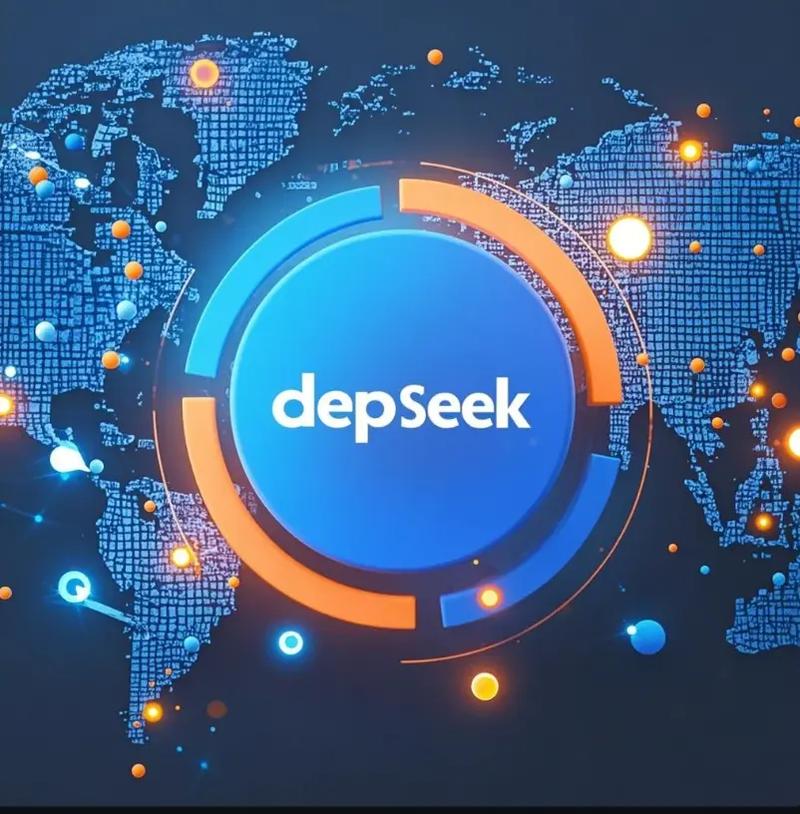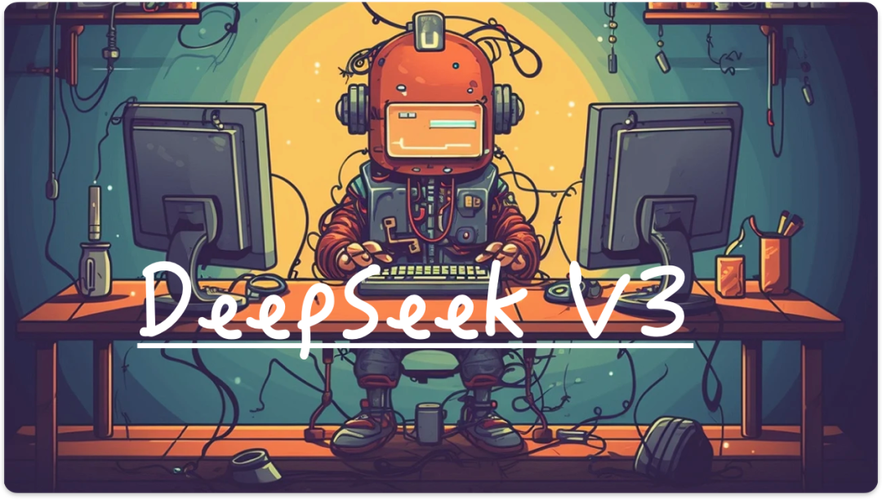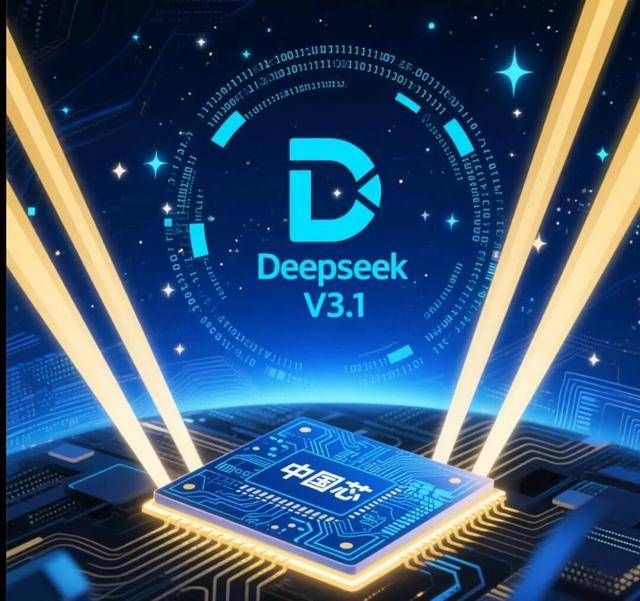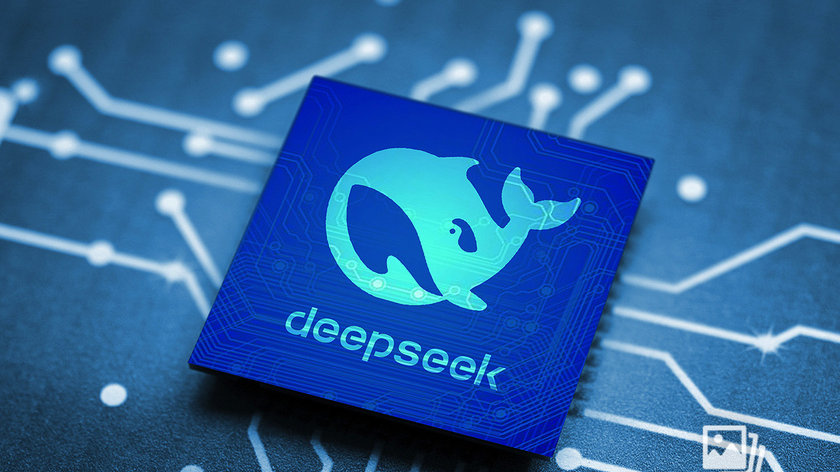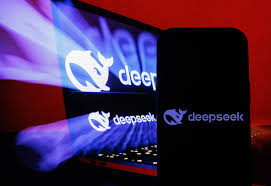DeepSeek and the Silent War: How China's AI Challenger Ignited a New Global Race
Introduction: DeepSeek Emerges, The World Reacts
In 2024, a new AI model named DeepSeek from China shocked the world. What seemed at first like just another large language model (LLM) announcement soon turned into a global phenomenon—one that signaled a deeper and more consequential shift in global power.
The United States had long dominated the artificial intelligence (AI) frontier through OpenAI, Google DeepMind, Anthropic, Meta, and others. But DeepSeek, developed by a Chinese team backed by massive domestic support, represented not just a technological milestone, but the start of a new kind of geopolitical rivalry—one that is being waged in compute power, data access, model scaling, and soft influence.
There are no missiles. No bombs. But make no mistake: DeepSeek has ignited a silent war between China and the West, one with profound implications for global governance, economics, national security, and the very future of intelligence.
Table of Contents
-
What Is DeepSeek?
-
The Rise of Chinese Foundation Models
-
Technological Parity: Why DeepSeek Matters
-
Global Shock: How DeepSeek Surprised the West
-
The Geopolitical Stakes of AI Supremacy
-
China’s Strategy: Data, Talent, and Sovereignty
-
The U.S. Reaction: From Skepticism to Alarm
-
The Compute Arms Race: Chips, Cloud, and Regulation
-
A Battle of Operating Systems: LLMs as Platforms
-
Dual Internets and the Bifurcation of AI
-
AI as a Tool of Soft Power
-
Military Implications: The Future of Autonomous Warfare
-
Language, Culture, and Ideological Encoding
-
DeepSeek’s Model Architecture and Innovations
-
The Role of Open Source in China’s AI Rise
-
Western Pressure: Export Controls and Containment
-
The Ethical Divide: Safety, Alignment, and Control
-
The Global South: Choosing Between Systems
-
Can Collaboration Survive This Race?
-
Conclusion: The Future After DeepSeek
1. What Is DeepSeek?
DeepSeek is a series of large language models developed in China that offer GPT-4-level performance in many benchmarks. Initially released with models like DeepSeek-VL, DeepSeek-MoE, and later DeepSeek-Coder, it gained attention for:
-
High accuracy and reasoning ability
-
Multilingual fluency
-
Efficient training and inference design
-
Open weight releases for public research
It was China's loudest entry into the global frontier of general-purpose AI models.
2. The Rise of Chinese Foundation Models
Over the last three years, China’s AI ecosystem has rapidly evolved:
-
Baichuan, Zhipu AI, MiniMax, and Moonshot AI have developed competitive LLMs
-
The government supports these efforts through policy, compute access, and investment
-
A parallel AI stack is being built to reduce dependency on U.S. models
DeepSeek stands out by matching or exceeding Western models in many areas—especially Chinese language understanding, code generation, and multimodal capabilities.
3. Technological Parity: Why DeepSeek Matters
What makes DeepSeek frightening to Western observers is that it proves China can build at scale.
Just a few years ago, China lagged behind in AI research leadership. But DeepSeek’s emergence:
-
Shows parity in AI capabilities
-
Offers an alternative to OpenAI’s GPT ecosystem
-
Could lead to AI innovation bifurcation, where two global ecosystems evolve separately
This creates uncertainty, especially for countries stuck between the two superpowers.
4. Global Shock: How DeepSeek Surprised the West
The global AI community underestimated how quickly China could:
-
Train 100B+ parameter models
-
Develop competitive mixture-of-experts (MoE) systems
-
Implement instruction-tuned and code-specialized versions
This wasn’t just a research achievement—it was a signal of acceleration. DeepSeek proved that China is no longer just catching up. It’s competing head-to-head.
5. The Geopolitical Stakes of AI Supremacy
Artificial Intelligence is now central to:
-
National security
-
Economic productivity
-
Control over information flows
-
Technological sovereignty
Whoever leads in AI will likely lead in:
-
Cyber warfare
-
Defense automation
-
Digital governance
DeepSeek, by marking a leap forward, made China’s intent clear: it wants to lead the future of intelligence.
6. China’s Strategy: Data, Talent, and Sovereignty
China’s AI rise is built on three pillars:
-
Data abundance – vast access to real-world interactions and platforms
-
Engineering talent – thousands of top-tier researchers returning from the U.S. and Europe
-
Strategic alignment – AI development is backed by government priorities
DeepSeek fits into China’s broader goal: technological self-sufficiency and discursive power in the global arena.
7. The U.S. Reaction: From Skepticism to Alarm
Initially, many in the U.S. downplayed DeepSeek as a narrow, regional project. But as benchmarks and demos surfaced, Washington and Silicon Valley took notice.
This led to:
-
Increased export controls on AI chips (NVIDIA, AMD)
-
New rounds of AI research funding
-
A push for global AI governance frameworks to slow adversarial deployment
DeepSeek had flipped the narrative—from “China will never catch up” to “China may lead soon.”
8. The Compute Arms Race: Chips, Cloud, and Regulation
Training frontier models requires:
-
Thousands of GPUs or custom accelerators
-
Data centers with low latency and high bandwidth
-
Energy infrastructure and sovereign control
The U.S. is trying to choke China's access to advanced chips, but China is:
-
Developing domestic hardware alternatives
-
Forming partnerships with neutral countries
-
Shifting toward efficiency-focused architectures like MoE (used in DeepSeek)
9. A Battle of Operating Systems: LLMs as Platforms
Just as Windows, Android, and iOS became software monopolies in earlier tech waves, LLMs are now the “platforms” of intelligence.
-
GPT models power Microsoft’s OS integrations
-
Claude powers productivity apps in the West
-
DeepSeek is increasingly embedded in Chinese tools, education, and governance
This isn't just a model war—it's an ecosystem war.
10. Dual Internets and the Bifurcation of AI
The global internet is increasingly fragmented:
-
Great Firewall in China
-
Western restrictions on data and models
-
Geopolitical fragmentation in cloud hosting
DeepSeek contributes to this bifurcation, creating a self-reinforcing cycle:
-
China builds its own tools
-
More citizens use Chinese models
-
Less dependency on Western APIs
11. AI as a Tool of Soft Power
AI isn't just functional—it’s cultural.
DeepSeek models are trained on:
-
Chinese history
-
CCP narratives
-
Local language usage
This makes them tuned to Chinese values—and tools of global soft power, especially in:
-
Africa
-
Southeast Asia
-
Latin America
Where GPT-style models promote Western liberal ideals, DeepSeek may soon promote Sino-centric frameworks.
12. Military Implications: The Future of Autonomous Warfare
Both the U.S. and China understand that AI is the future of war.
DeepSeek’s underlying tech could be applied to:
-
Drone swarms
-
Cyber intrusion
-
Battlefield planning
-
Strategic modeling and deception
The concern is no longer just chatbots—it’s AI-enhanced statecraft and conflict.
13. Language, Culture, and Ideological Encoding
Every model encodes certain assumptions:
-
GPT models are trained on English internet culture
-
DeepSeek is trained on Chinese systems and literature
As these models shape education, conversation, and decision-making, they propagate worldviews. The “war” here is also about whose language dominates the machine mind.
14. DeepSeek’s Model Architecture and Innovations
DeepSeek models are notable for:
-
Efficient MoE architecture (only parts of the model activate per input)
-
Open-source code repositories
-
Competitive performance in math, code, and multilingual tasks
-
Strong fine-tuning on Chinese and English corpora
DeepSeek-Coder even rivals GPT-4 Code Interpreter in certain benchmarks.
15. The Role of Open Source in China’s AI Rise
Unlike GPT-4, DeepSeek and many Chinese models release open weights.
This allows:
-
Community fine-tuning
-
Deployment across industries
-
Research transparency
It’s a clever strategy: by offering open infrastructure, China encourages global adoption of its AI stack—without centralized control.
16. Western Pressure: Export Controls and Containment
The U.S. is responding with:
-
Stricter AI export controls
-
Foreign investment screening
-
Semiconductor export bans
-
Lobbying to limit AI research collaboration
But these moves may backfire by pushing China to accelerate independence, just as Huawei did with mobile chips.
17. The Ethical Divide: Safety, Alignment, and Control
Western labs prioritize:
-
AI alignment research
-
Red-teaming models
-
Debates over superintelligence risk
Chinese labs often emphasize:
-
Deployment over speculation
-
Regulatory compliance with state priorities
-
Control over user behavior
This creates an ethical fault line in how “safe AI” is defined.
18. The Global South: Choosing Between Systems
Emerging markets now face a choice:
-
Use U.S.-based APIs and cloud infrastructure
-
Or adopt open-weight Chinese models that offer more autonomy
DeepSeek could become the Android of LLMs in the Global South: free, modifiable, and integrated with local needs.
19. Can Collaboration Survive This Race?
Despite the tension, there are voices calling for:
-
Joint AI safety research
-
Shared benchmarks and evaluations
-
Model transparency and dataset disclosure
Whether collaboration survives depends on how militarized and paranoid this silent war becomes.
20. Conclusion: The Future After DeepSeek
DeepSeek is more than a model—it’s a signal. A declaration that the next generation of global competition will be fought with intelligence, not tanks. With code, not bombs.
The AI cold war has begun. Its battlefields are silicon wafers, algorithm updates, and training clusters. Its victors will shape how billions interact with knowledge, power, and even reality itself.
Whether we navigate this future with wisdom or division is yet to be seen.

